Photo
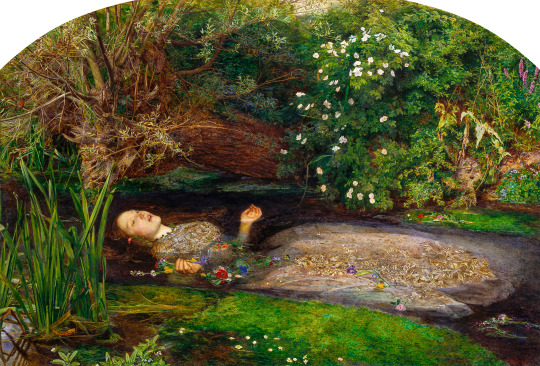

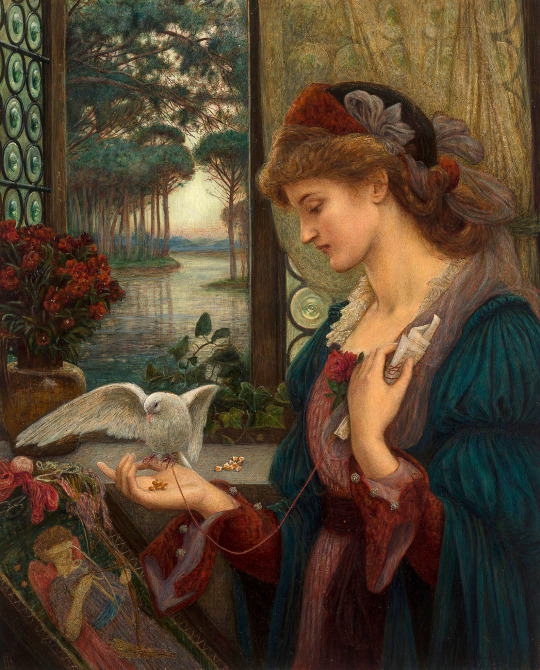

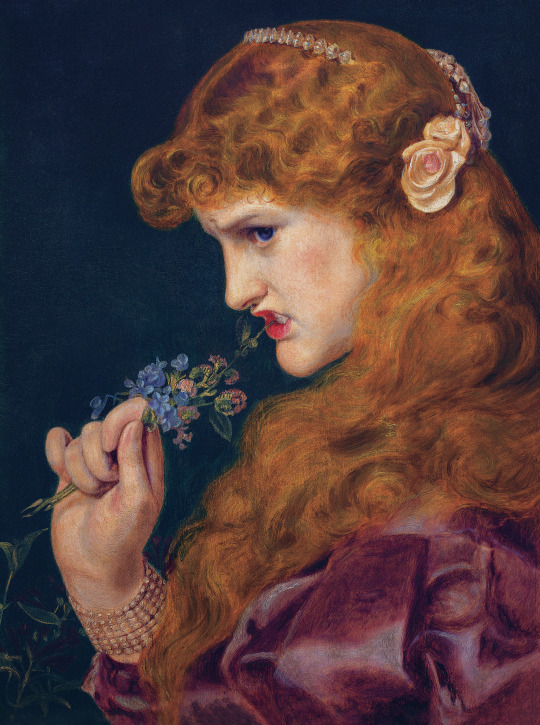
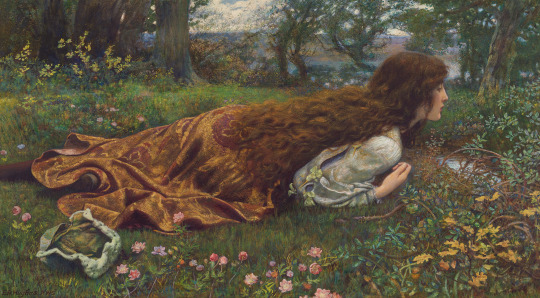
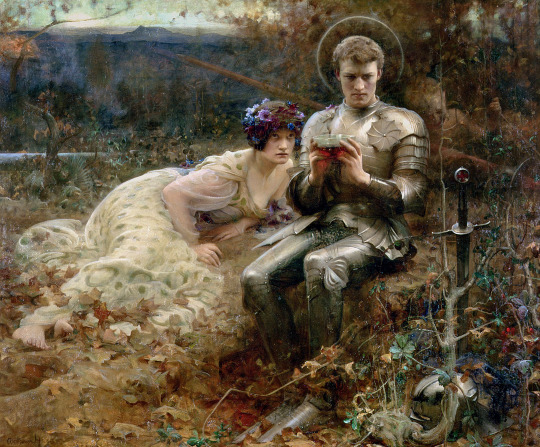
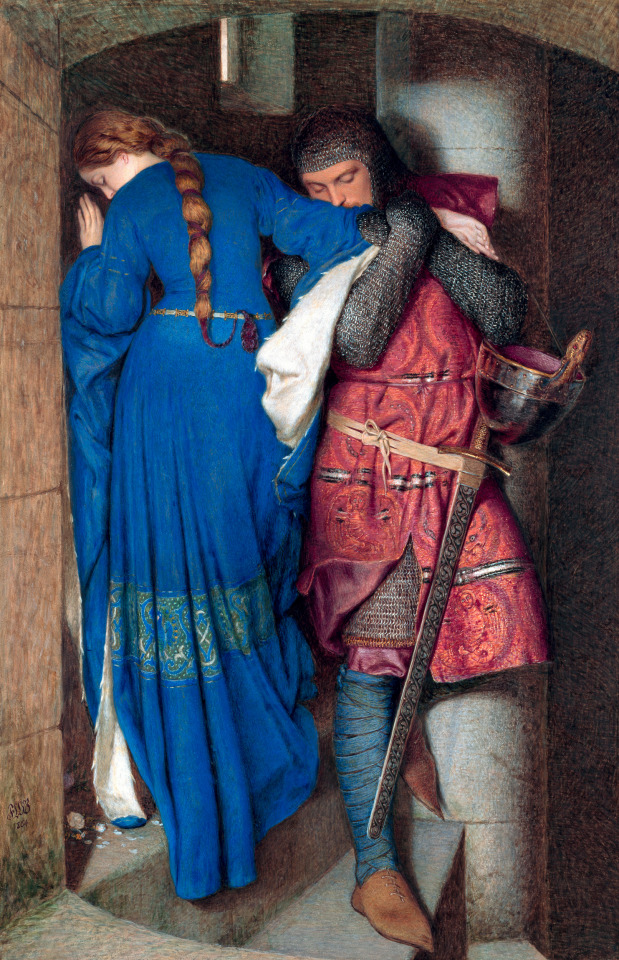


The Pre-Raphaelite Brotherhood founded in 1848 by seven young artists who banded together against what they felt was an artificial and mannered approach to painting taught at London’s Royal Academy of Arts. Inspired by the theories of John Ruskin, who urged artists to ‘go to nature’, they believed in an art of serious subjects treated with maximum realism. Their principal themes were initially religious, but their later works largely focus on medieval subjects from literature and poetry privileging atmosphere and mood over narrative. Althought disolved in the 1850s, the movement gain a lot of attention and many followers continued to paint in their style.
-
Mysterious Art Century
Instagram - Facebook - Twitter - Pinterest - Shop
#pre raphaelite brotherhood#pre raphaelism#romantic art#medieval#fairy tales#painting#art history#old paintings#john everett millais#john william waterhouse#edmund blair leighton#frederick sandys#mysterious art century
6K notes
·
View notes
Photo

John Everett Millais (1829-1896), The Bridesmaid, 1851, oil on panel, 27.9 x 20.3 cm. The Fitzwilliam Museum
-
Painted in 1851, ‘The Bridesmaid’ illustrates one of many Victorian marriage traditions. Victorians believed a bridesmaid would see a vision of her true love if she passed a piece of wedding cake through a ring nine times, a ritual depicted in Millais’ painting. This is not the only symbolism found in the painting. An orange blossom on the woman’s chest represents chastity. Read more
#john everett millais#pre raphaelite brotherhood#painting#19th century art#art history#old paintings#museum collection#the fitzwilliam museum
841 notes
·
View notes
Photo

The Soul of the Rose by John William Waterhouse NFT
#john william waterhouse#pre raphaelite#pre raphaelism#painting#classic art#the soul of the rose#gif#nft
8K notes
·
View notes
Photo
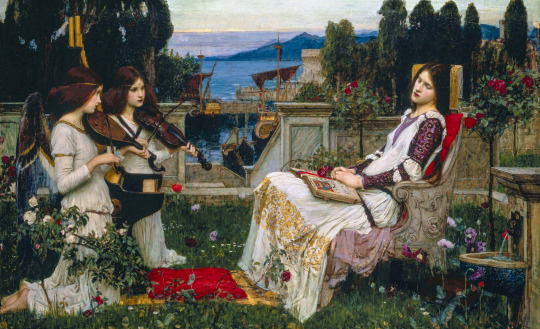

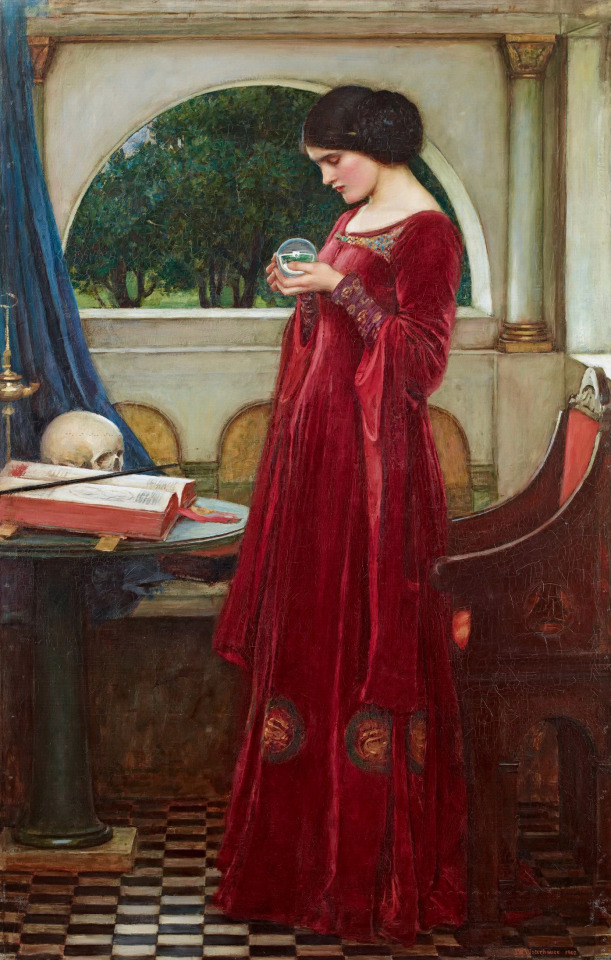

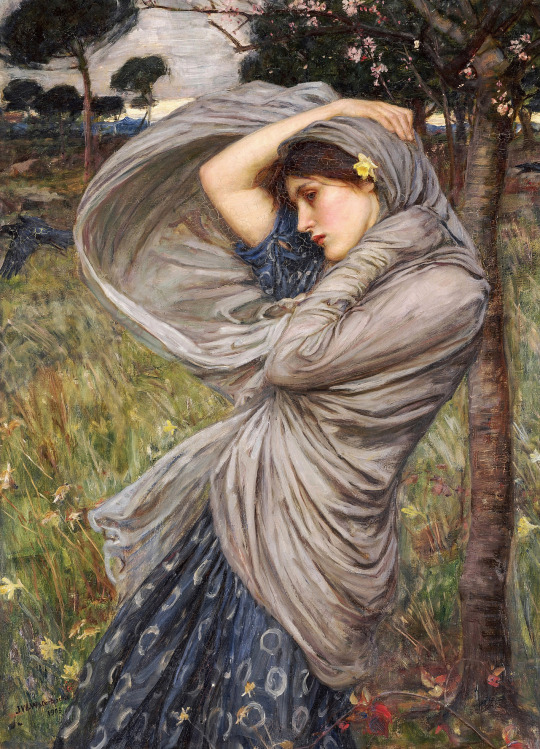
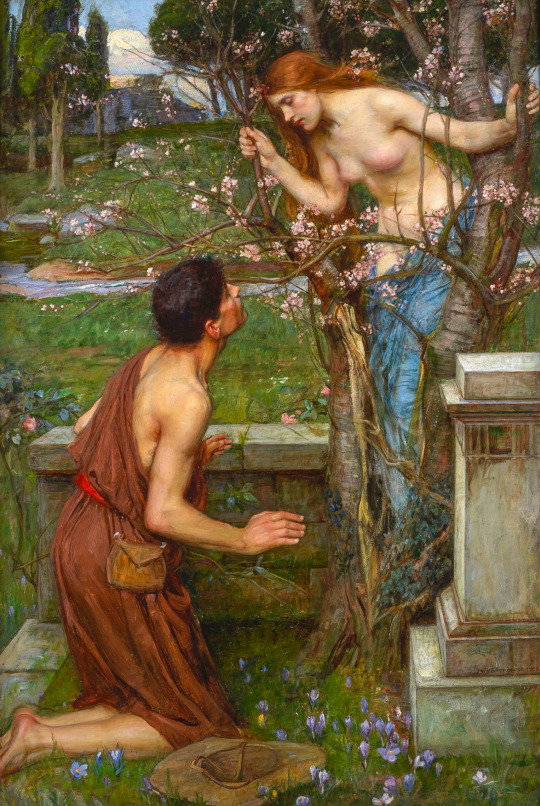
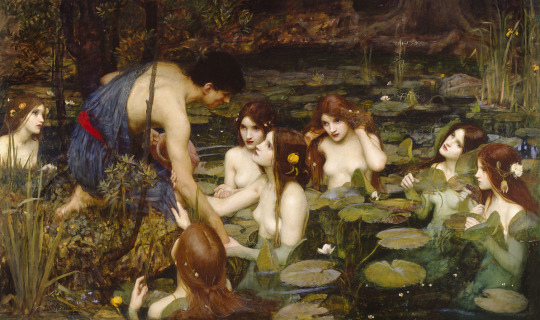
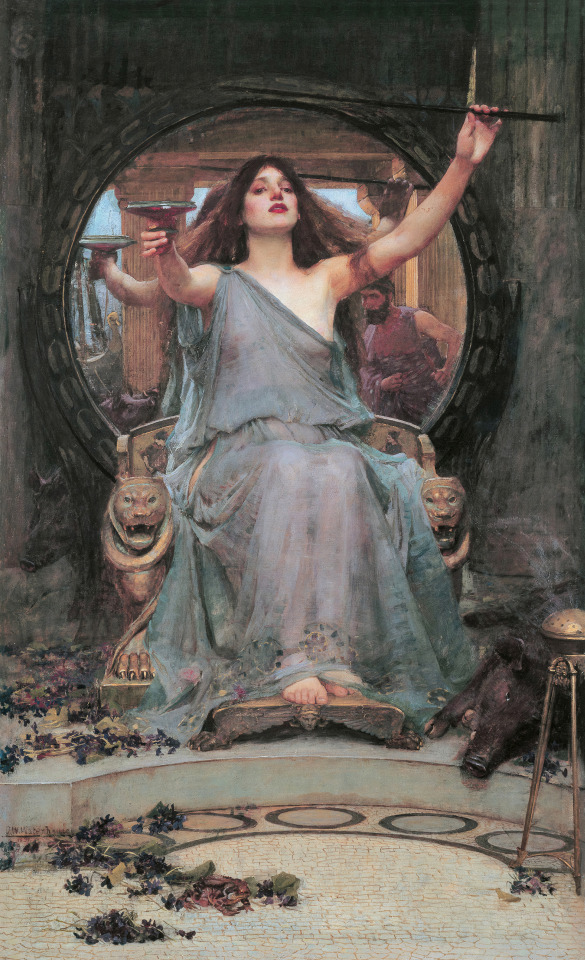


John William Waterhouse (1849-1917) was an English painter of the Victorian era known for his Pre-Raphaelites and mythological subjects.
-
John William Waterhouse
Instagram - Facebook - Website
#john william waterhouse#victorian art#british painter#pre raphaelite#mythology#painting#19th century art#old paintings#classical art#mysterious art century
4K notes
·
View notes
Photo


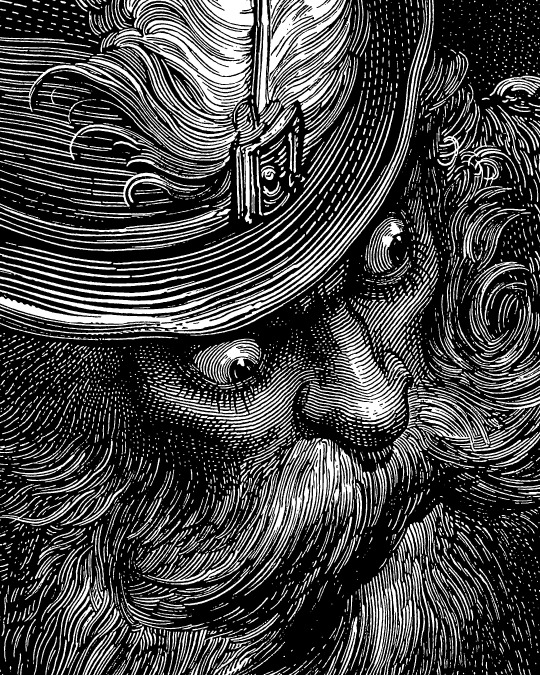

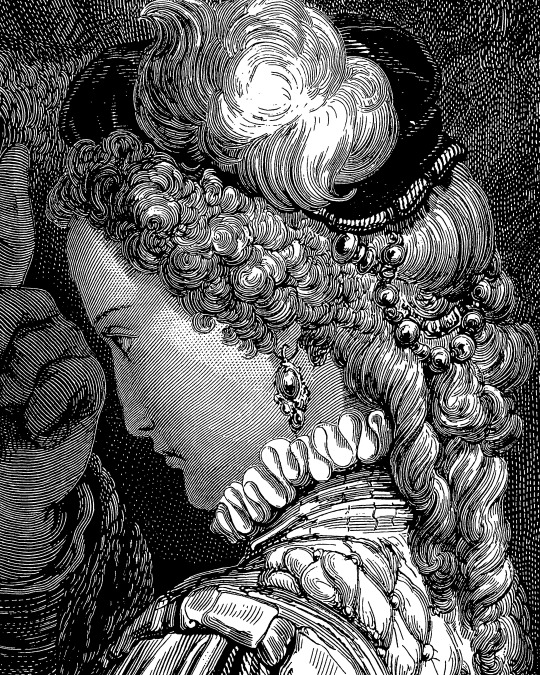
Gustave Doré (1832-1883), woodcut illustration for ‘Barbe Bleue’ (Bluebeard) from 'Les Contes de Perrault’ (Paris, Jules Hetzel, 1862).
-
The tale tells the story of a wealthy man in the habit of murdering his wives and the attempts of one wife to avoid the fate of her predecessors.
-
BLUEBEARD T-SHIRT
#gustave doré#book illustration#engraving#bluebeard#barbe bleue#fairy tales#charles perrault#dark#classic art
223 notes
·
View notes
Photo

Frank Cadogan Cowper (1877-1958), Vanity, 1907, oil on panel, 57.1 x 38.1 cm. Royal Academy of Arts
-
The subject matter and composition of 'Vanity' are derived from Italian Renaissance painting. Cowper has bedecked his youthful beauty with jewels and given her a hand-mirror to signify vanity. She stands before a vine, heavy with ripe grapes, suggestive of abundance and pleasure. Read more
#frank cadogan cowper#vanity#pre raphaelite#romantic art#painting#20th century art#medieval#art history#museum collection#royal academy of arts#mysterious art century
2K notes
·
View notes
Photo


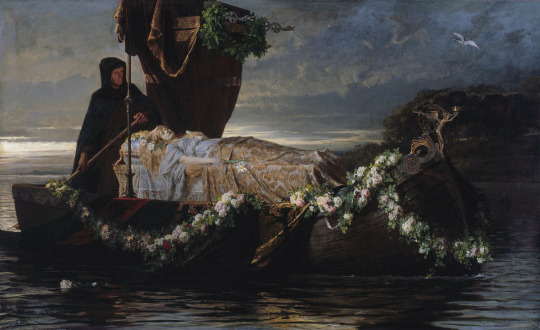
Elaine of Astolat
Elaine dies of heartbreak. In accordance with her instructions, her body is placed in a small boat, clutching a lily in one hand, and her final letter in the other. She then floats down the river to Camelot, where she is discovered by King Arthur's court, who call her 'a little lily maiden'.
-
Mysterious Art Century
Instagram - Facebook - Twitter - Pinterest
#elaine of astolat#lady of shalott#pre raphaelite#arthurian legend#art history#painting#medieval art#mysterious art century
3K notes
·
View notes
Photo
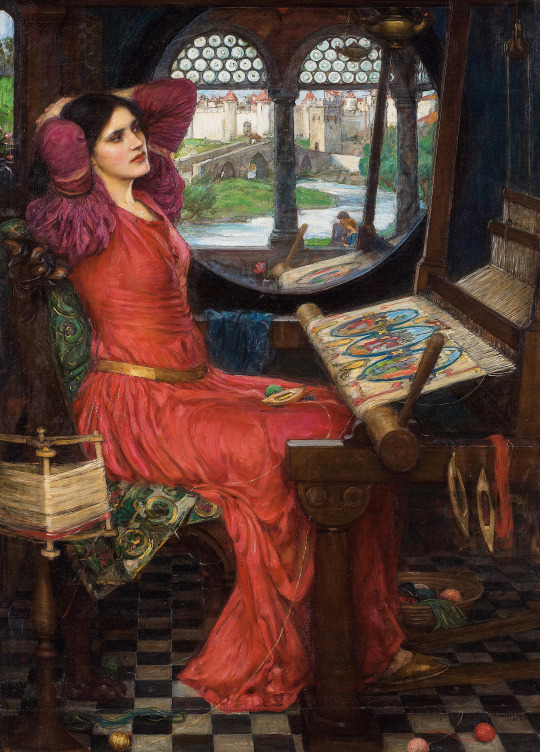
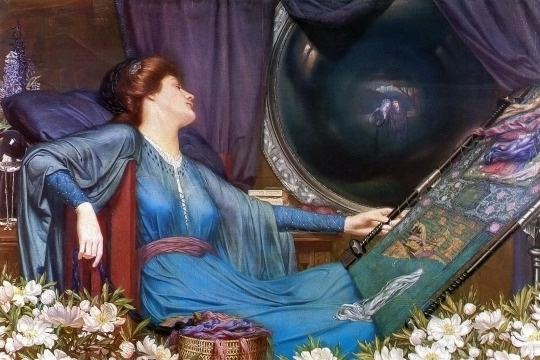


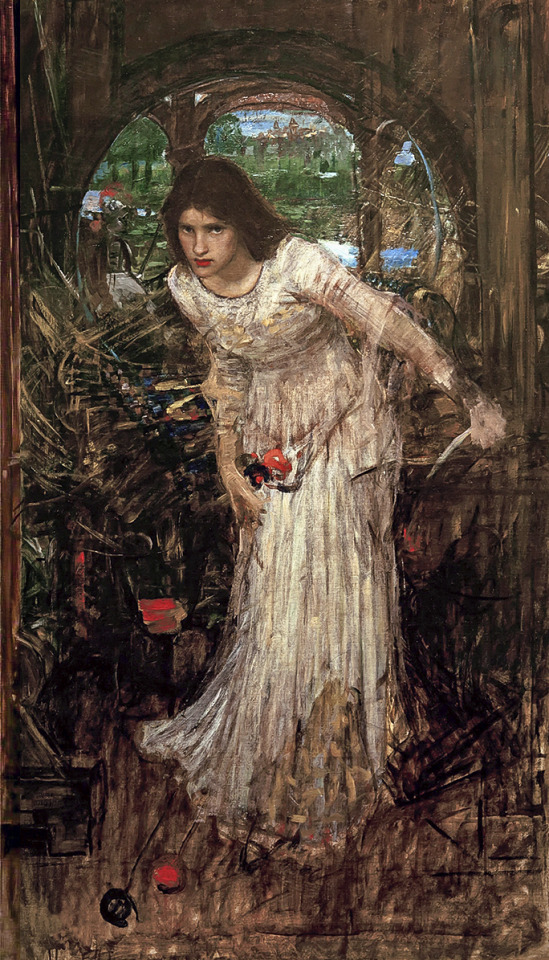
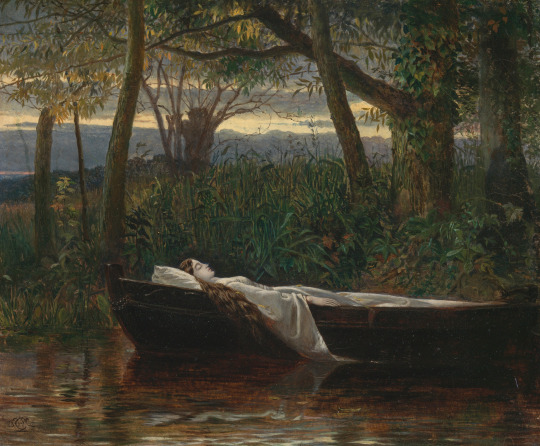


THE LADY OF SHALOTT
‘The Lady of Shalott’ is a lyrical ballad by the English poet Alfred Tennyson. The poem is loosely based on the Arthurian legend of Elaine of Astolat, as recounted in a 13th-century Italian novellina titled La Damigella di Scalot, or Donna di Scalotta.
According to Tennyson’s version of the legend, the Lady of Shalott was forbidden to look directly at reality or the outside world; instead she was doomed to view the world through a mirror, and weave what she saw into tapestry.
Her despair was heightened when she saw loving couples entwined in the far distance and she spent her days and nights aching for a return to normal. One day the Lady’s mirror revealed Sir Lancelot passing by on his horse. When she impetuously took three paces across the room and looked at him, the mirror cracked and she realised that the curse had befallen her.
The lady escaped by boat during an autumn storm, inscribing ‘The Lady of Shalott’ on the prow. As she sailed towards Camelot and certain death, she sang a lament. Her frozen body was found shortly afterwards by the knights and ladies of Camelot, one of whom is Lancelot, who prayed to God to have mercy on her soul.
-
LADY OF SHALOTT FREE EBOOK
#john william waterhouse#pre raphaelite#lady of shalott#elaine of astolat#arthurian legend#romanticism#19th century art#fairy tales#history of art#old painting
2K notes
·
View notes
Photo

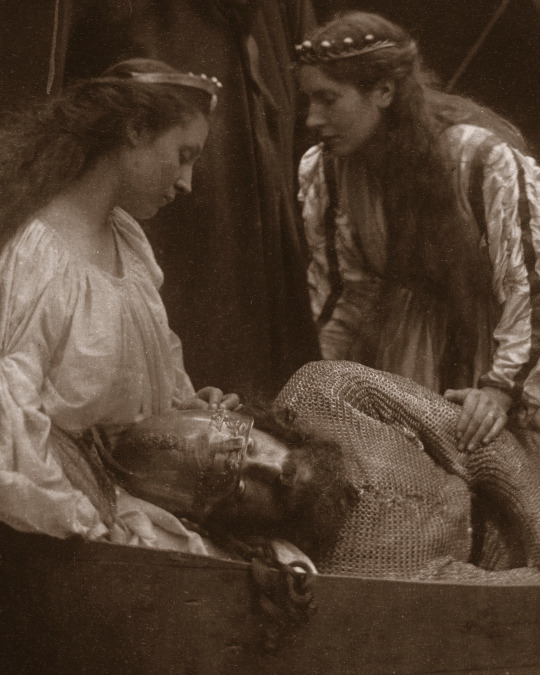
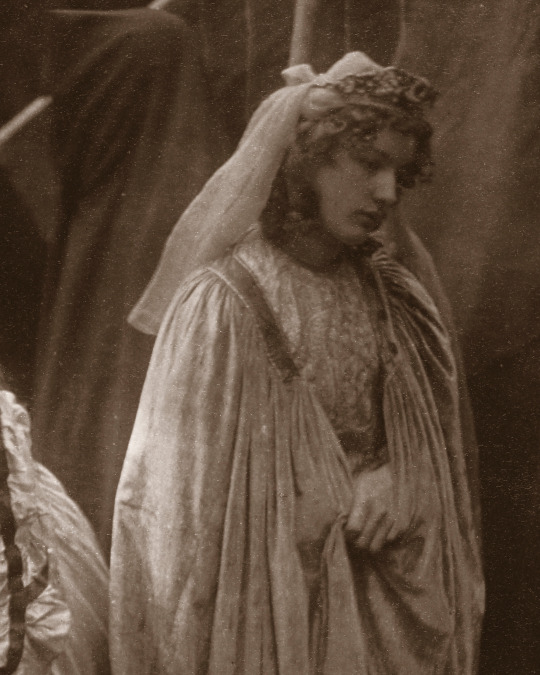
Julia Margaret Cameron (1815-1879), "So like a shatter'd Column lay the King", 1875, albumen silver print, The J. Paul Getty Museum
#julia margaret cameron#pictorialism#antique photos#old photography#pre raphaelite brotherhood#arthurian legend#arthuriana#19th century#art detail#getty museum#mysterious art century
1K notes
·
View notes
Photo


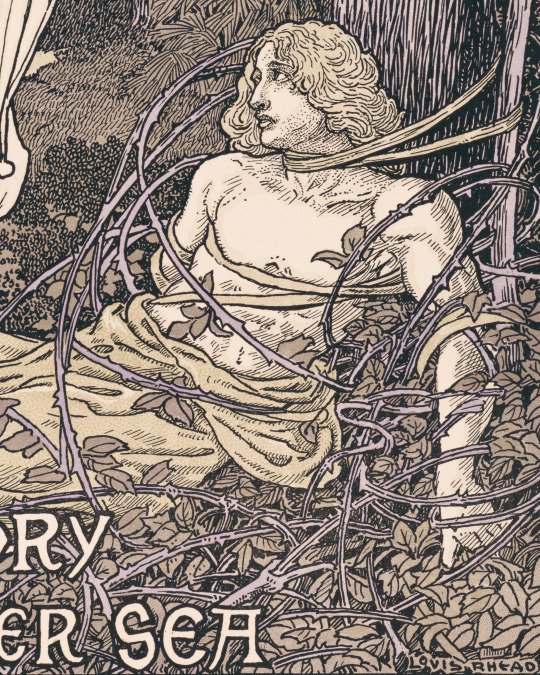
Illustration by Louis Rhead (1857-1926) for The History of Over Sea by William Morris, 1894.
#louis rhead#william morris#book cover#Illustration#arts and crafts#pre raphaelite brotherhood#pre raphaelism#medieval art#aesthethos
2K notes
·
View notes
Photo

John Collier (1850-1934), The Sleeping Beauty, 1921, oil on canvas, 111.7 x 142.2 cm. In a private collection
#john collier#sleeping beauty#pre raphaelite#romantic art#fairy tales#painting#mysterious art century
1K notes
·
View notes
Photo




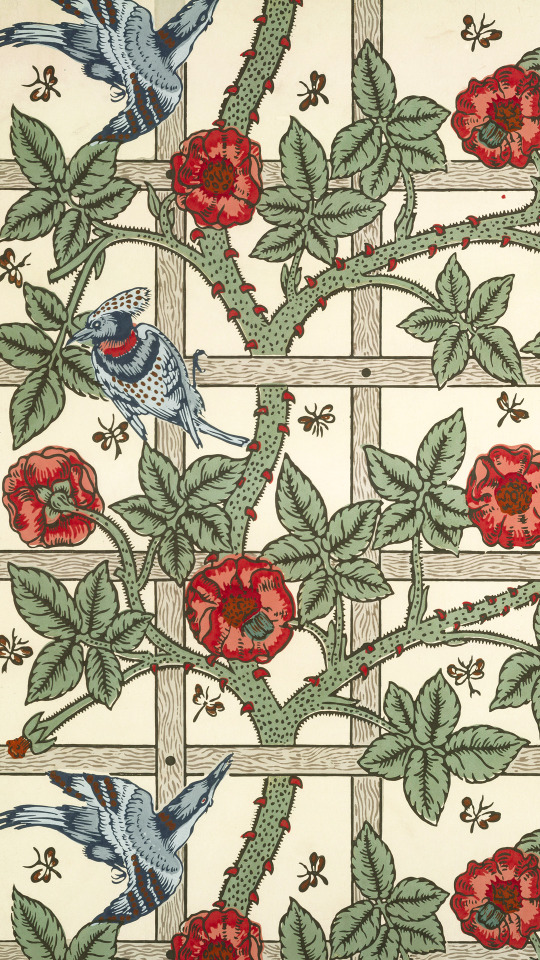
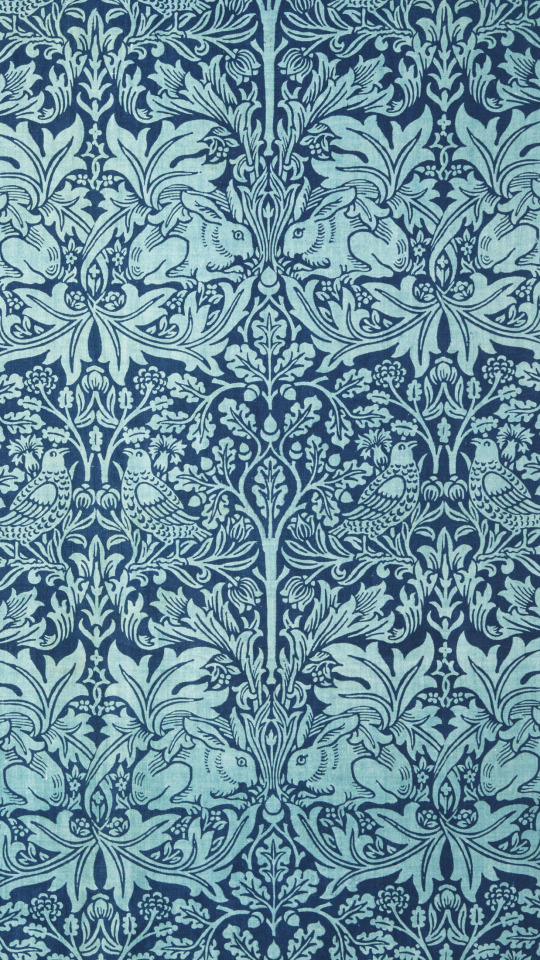
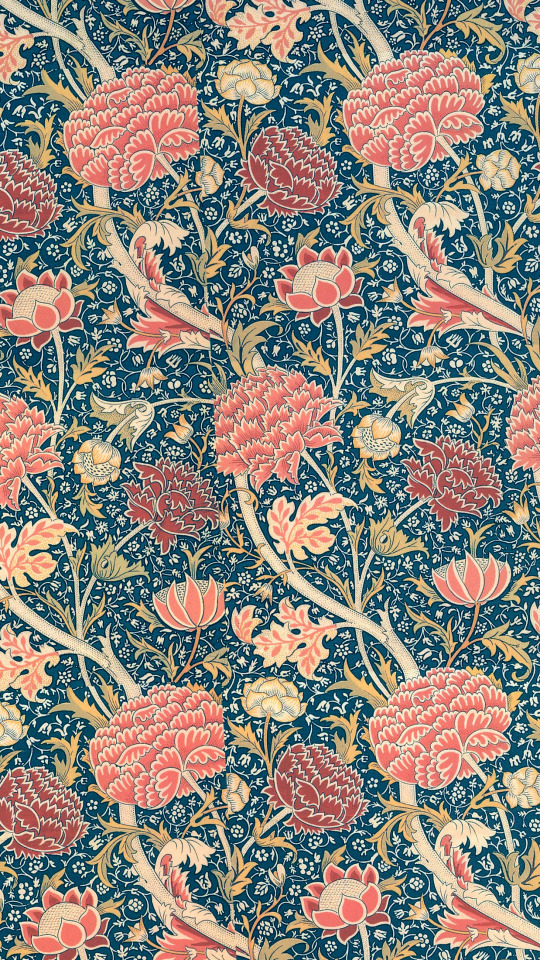


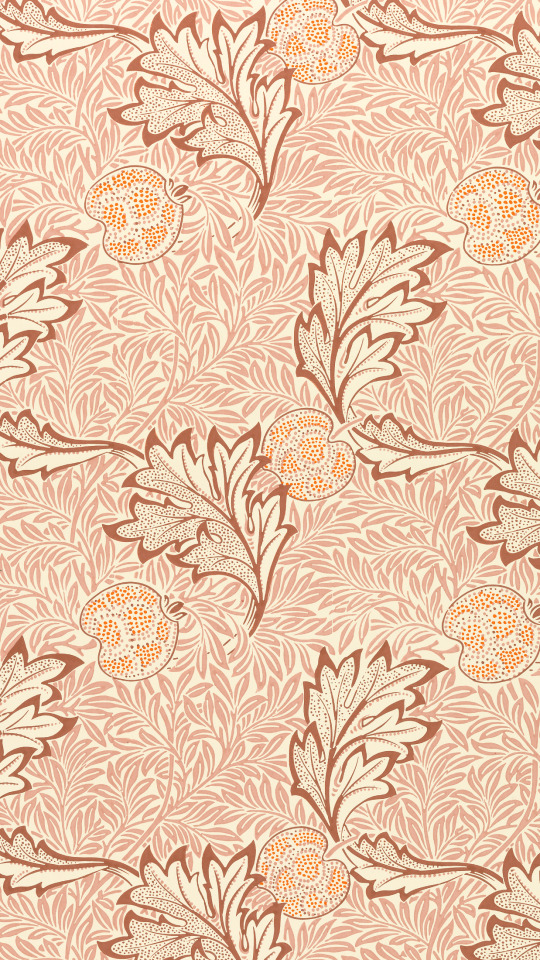
William Morris Wallpapers
#william morris#wallpaper#textile designe#arts and crafts#decorative arts#home decor#victorian art#floral#pre raphaelite brotherhood
9K notes
·
View notes
Photo
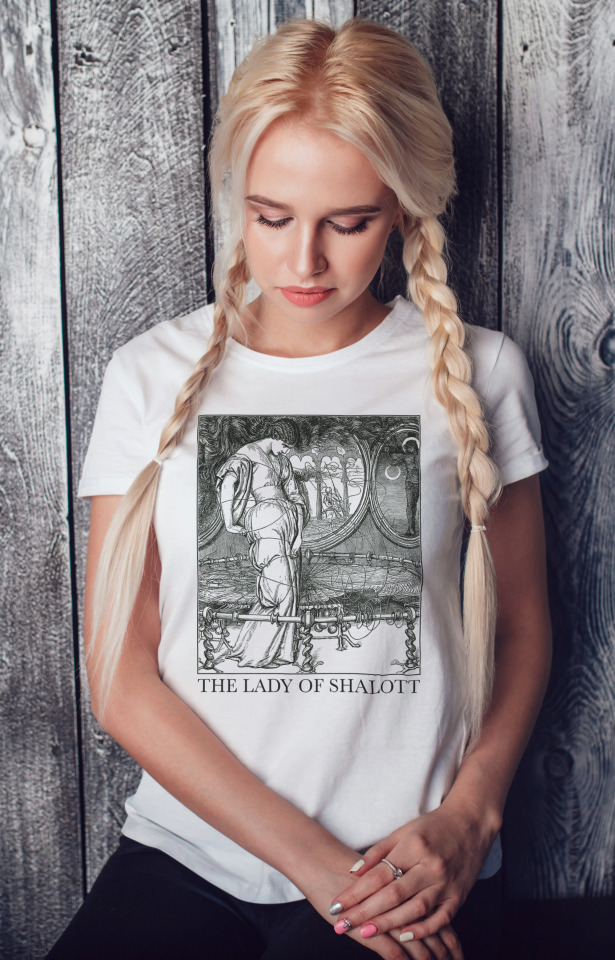









Looking for a nice t-shirt for this summer?
-> SHOP <-
#Pre-Raphaelite Brotherhood#dante gabriel rossetti#edward burne jones#aubrey beardsley#frederick sandys#john austen#lady of shalott#goblin market#aesthetic#old illustration#decadence#dark art#t-shirt
175 notes
·
View notes
Photo

William-Adolphe Bouguereau (1825-1905), Entre la richesse et l’amour, 1869, oil on canvas, 106.5 x 89 cm. In a private collection
#william-adolphe bouguereau#pre raphaelism#romanticism#classical art#painting#art lover#realism#mysterious art century
377 notes
·
View notes
Photo

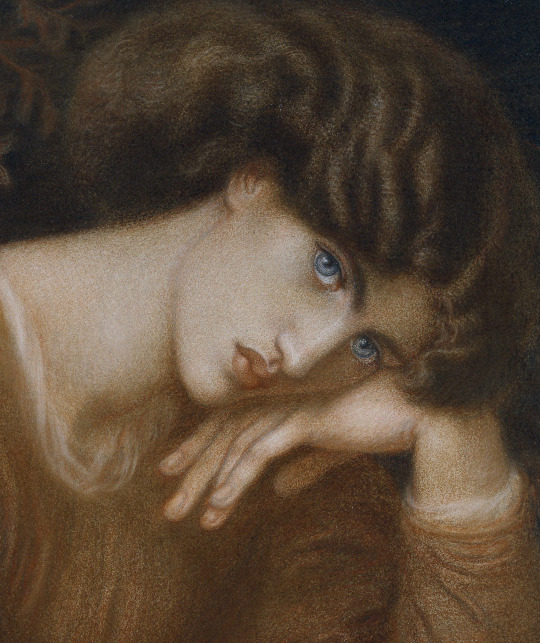
Dante Gabriel Rossetti (1828-1882), Reverie, 1868, coloured chalk, 86 x 72 cm. Ashmolean Museum
#dante gabriel rossetti#jane morris#reverie#pre raphaelite brotherhood#pre raphaelism#19th century art#old masters#art detail#chalk drawing#portrait#ashmolean museum#mysterious art century
384 notes
·
View notes
Photo
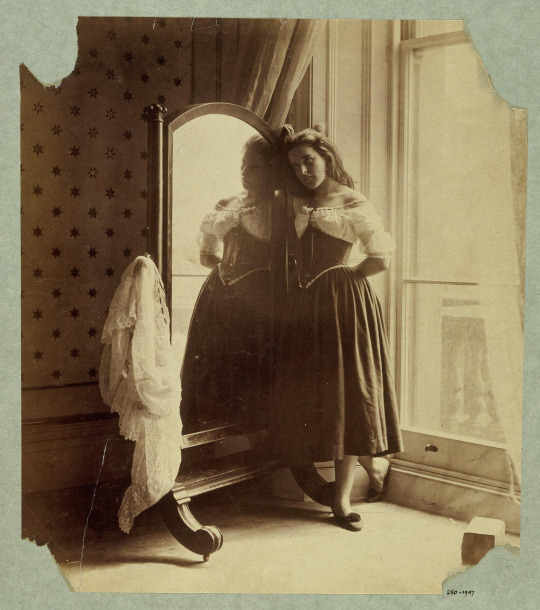



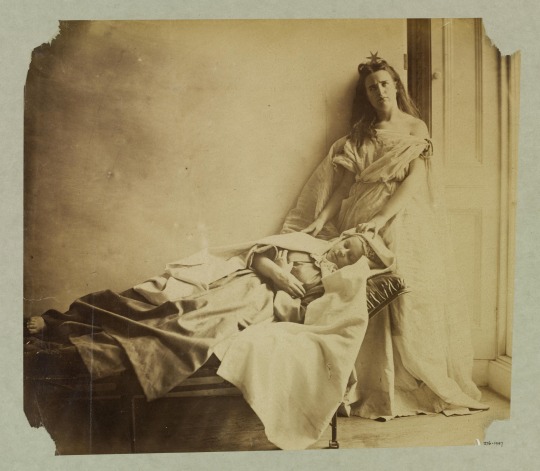

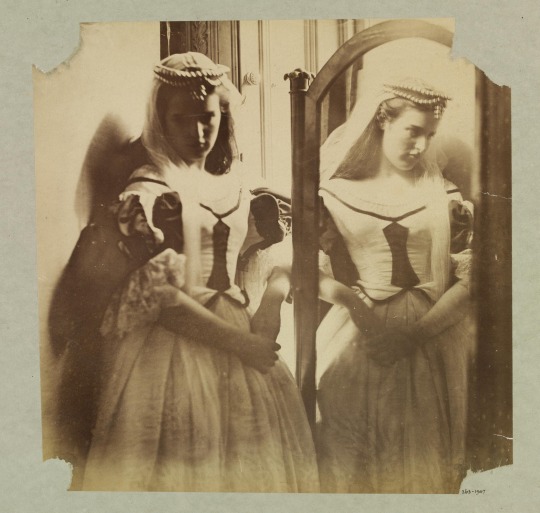



Lady Clementina Hawarden (1822-1865), was a noted British amateur portrait photographer of the Victorian Era. She produced over 800 photographs mostly of her adolescent daughters. Read more
#lady clementina hawarden#victorian era#british#old photography#antique photos#pictorialism#women in art#art history#mysterious art century
2K notes
·
View notes
Photo
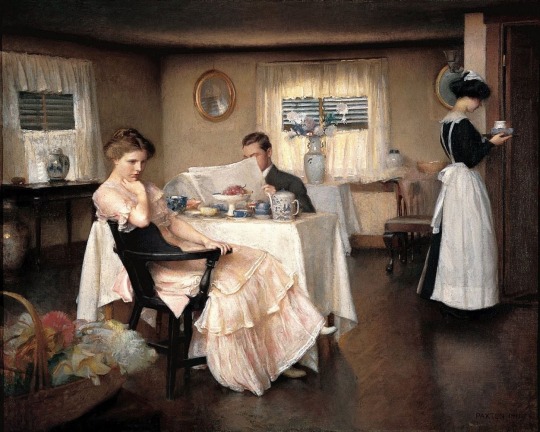




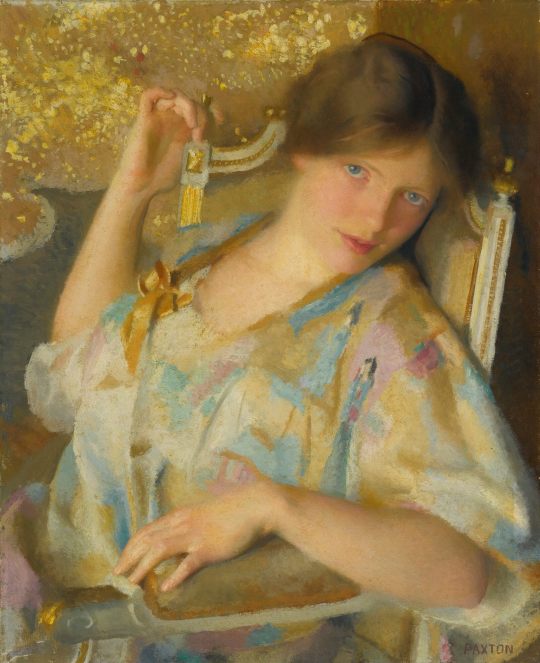
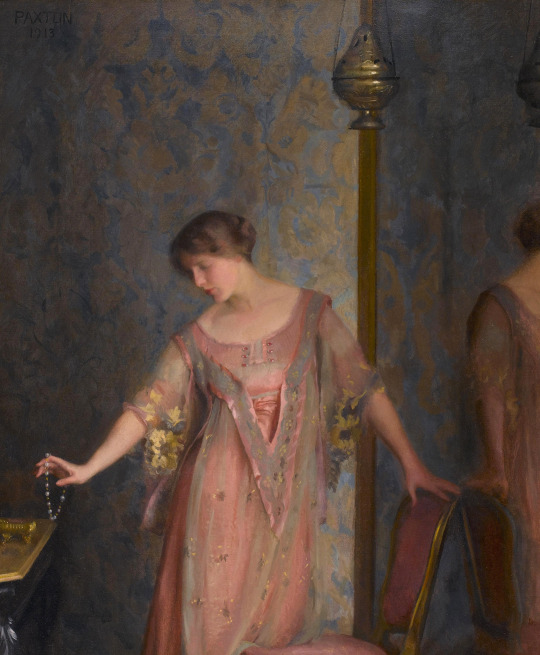


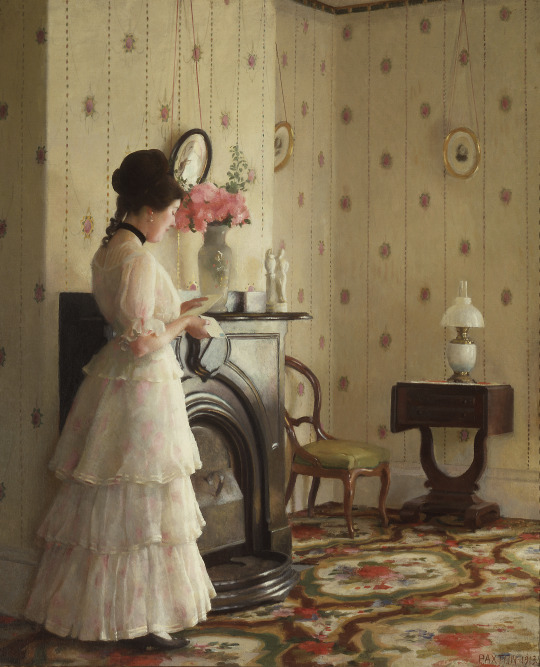
Paintings by William McGregor Paxton (1869-1941).
-
Mysterious Art Century
Instagram - Facebook - Twitter - Pinterest
#william mcgregor paxton#american art#old paintings#genre painting#victorian#edwardian#realism#women in art#art on tumblr
679 notes
·
View notes